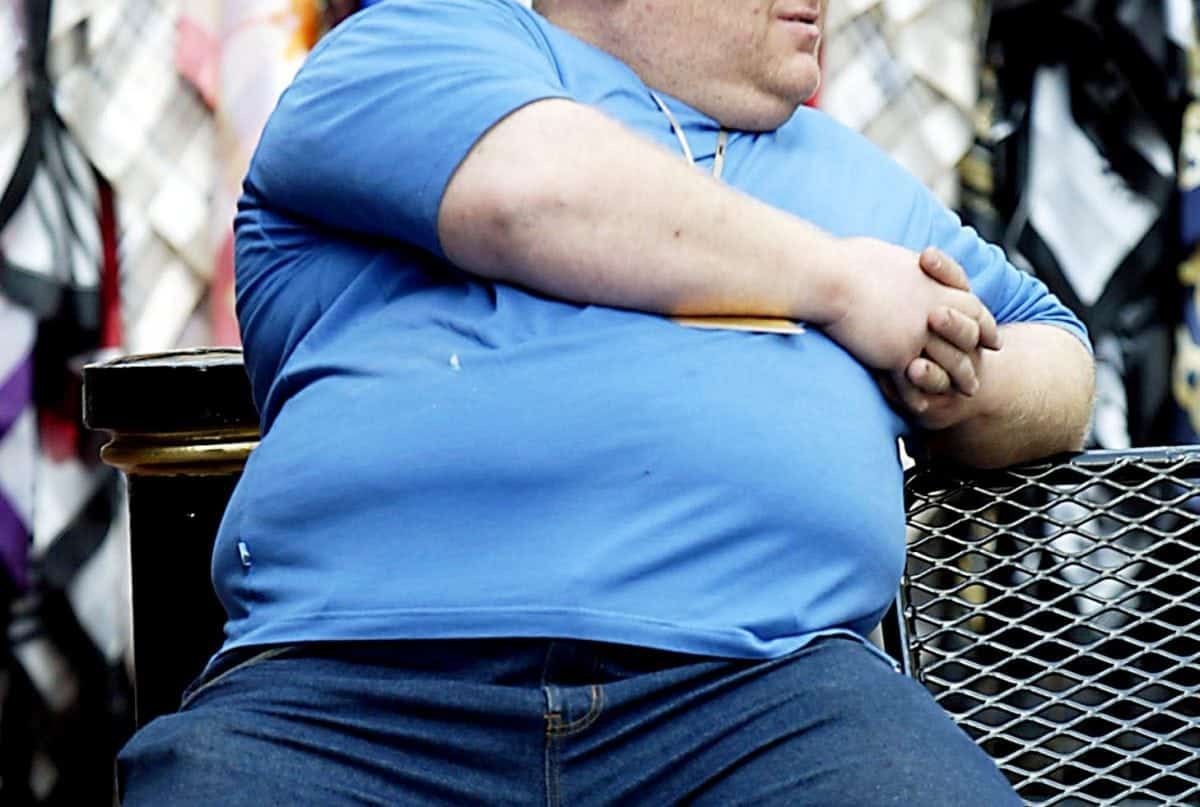
Two decades living like a couch potato doubles the risk of dying young, warns new research.
People who were consistently inactive for around 20 years were twice as likely to die early overall – and almost three times as likely to die from heart disease, according to the study.
Even those who exercised moderately – for less than two hours a week – during that time were much more likely to die too young.
Researchers also found that switching from an inactive lifestyle to an active one later in life could still benefit health.
Whereas those who exercised a lot at younger ages and stopped later in life saw their health benefits reversed.
They were just as likely to die early than those who were inactive all along.
Study author Dr Trine Moholdt of the Norwegian University of Science and Technology, said: “Our findings imply that to get the maximum health benefits of physical activity in terms of protection against premature all-cause and cardiovascular death, you need to continue being physically active.
The study’s scientists tracked the physical activity of more than 23,000 young men and women at different stages in their life.
They wanted to assess how changes in physical activity over more than two decades were related to subsequent death in general and from cardiovascular disease.
Most previous studies had only quizzed participants about their physical activity levels once.
But the study measured how participants’ physical activity changed over time because of large variations in the amount people exercise.
The study’s Norweigan participants were divided into groups according to their activity levels.
They were classed as either inactive, moderately active (less than two hours a week), or highly active (two or more hours per week).
The participants, aged 20 and older, were asked about their frequency and duration of leisure time physical activity at three time points: 1984-1986, 1995-1997, and 2006-2008. The study used the data from the first and third surveys.
Researchers linked the physical activity data to causes of death as listed in the Norwegian Cause of Death Registry until the end of 2013, adjusting for influential factors such as body mass index, age and sex.
They compared the participants who were highly active over the two decades with those who were moderately active and inactive consistently.
People who were inactive in both 1984-1986 and 2006-2008 had a two-fold higher likelihood of all-cause death and 2.7-fold greater risk of dying from cardiovascular disease, the study found.
Those with moderate activity at both time points had a 60 and 90 per cent raised risks of all-cause and cardiovascular deaths, respectively.
Dr Moholdt recommended the optimal weekly amount of exercise for a healthy life at 150 minutes of moderate intensity or 75 minutes of vigorous intensity aerobic physical activity.
But she said exercise levels below the optimal will still give health benefits.
Dr Moholdt added: “Physical fitness is more important than the amount of exercise. Clinicians should individualise their advice and help people do even smaller amounts of activity that will improve fitness – this includes all types of exercise that make you breathe heavily.”
“Do activities you like and get more movement into your everyday life.
“For example, walk to the shops instead of driving, get off the metro a stop early, and use the stairs instead of the lift. I recommend everyone to get out of breath at least a couple of times each week.”
The findings were presented at the European Society of Cardiology Congress in Paris.